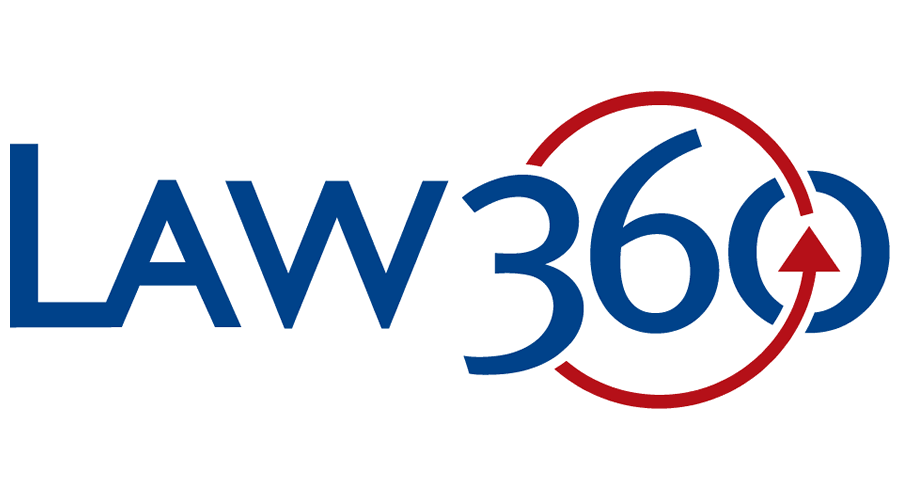Cannabis SPACs Are Piquing Investor Interest
By Matthew Rizzo and Marco Eadie
When it comes to cannabis, market share is currently the name of the game. The strategy of grabbing market share to ensure economies of scale and market dominance has caused large cannabis companies, publicly traded and privately owned, to seek acquisitions. As a result, cannabis acquisitions are slated to increase through 2021 due, in large part, to the industry’s ability to raise $2 billion without access to traditional funding.
The rush to acquire companies within this industry comes ahead of perceived federal legalization through the Marijuana Opportunity Reinvestment and Expungement Act, sponsored by Vice President Kamala Harris. The MORE Act, if passed, would remove cannabis from the list of scheduled substances under the Controlled Substances Act and eliminate criminal penalties for an individual who manufactures, distributes, or possesses marijuana. This would effectively legalize cannabis for any use. The passing of the MORE Act would also open interstate commerce which would allow for large, multinational cannabis companies to easily centralize their distribution networks as opposed to the currently fragmented state-by-state production and distribution requirements.
Also proposed is the Secure and Fair Enforcement Banking Act. The SAFE Banking Act would finally allow financial institutions to provide services to cannabis companies. Both acts would have a significant impact on cannabis industry merger and acquisition activity. In the rush to acquire market share, cannabis companies have focused their efforts on quality branded companies that have a good reputation without much regard for cash flow. In turn, this rush to grab market share has led to competitive bidding and overpaying for acquisitions.
Will overpaying for established brands cause companies to fail? Many public cannabis companies in Canada have had problems with goodwill impairment on their books; most notably Aurora Cannabis Inc.’s $2 billion goodwill impairment that caused the stock to tumble. Since the cannabis industry is still in its relative infancy, multiples that public or large private cannabis companies are utilizing to acquire smaller brands are unpredictable. The real value of an ongoing brand, that may or may not have a stronghold in the state in which they operate, may be difficult to identify. The cannabis industry has struggled with the value of market share, which makes the valuation of future acquisitions problematic.
The key to being acquired by a large cannabis company is solid brand recognition within an identifiable market. Cannabis companies that have created a reasonably successful brand are being acquired for above market multiples. A multistate presence legally bolsters value and attractiveness of a cannabis company. Rigorous regulatory, federal and state tax compliance, with disciplined cash management is extremely important. Cannabis companies without this discipline are devalued or eventually go out of business.
From a legal perspective, cannabis acquisitions come with a host of potential pitfalls that both the buyer and seller should be aware of during their due diligence period. The regulatory red tape that must be investigated within this heavily regulated industry is quite voluminous. Mounting tax liabilities from either nonpayment of taxes or incorrectly reporting tax liabilities, according to Section 280E of the Internal Revenue Code and state-specific income and excise taxes, can land corporate officers in hot water. A punitive tax on illegal activities, 280E only allows for deductions regarding cost of goods sold, but no other operating expenses. Essentially the tax is based on gross margin. Reviewing historical tax returns will help flush out any unknown or hidden tax issues that could cause great financial hardship and liability. Tax issues can turn a once profitable cannabis company into a tax liability nightmare with potential civil and criminal implications. The IRS already has a bull’s-eye on the cannabis industry as many cannabis companies have tried to fight the IRS on whether or not rule 280E should apply to them. The results are as expected, cannabis owners lost, leading to lofty legal fees on top of additional tax penalties and interest. Understanding reporting requirements regarding products, especially for growers, is paramount. States legalizing cannabis have inventory tagging and quality testing requirements, which could result in the loss of licenses. Ensuring that all significant investors have been reported properly to the state is another potential pitfall as the term silent partner is not going to fly from a regulatory perspective. This lack of disclosure could also result in the loss of license or licenses. Another problem that has recently become more of an issue in the hemp and cannabidoil markets and could easily became a cannabis issue as well, is ensuring the company being acquired has proper labeling such as dosage amounts and concentration on the package. Staying ahead of this issue will mitigate any potential recall or relative legal issues in the future.
There is still a legal market that is healthy and poised for growth whether or not the MORE Act or the SAFE Banking Act are passed. According to IBISWorld’s March 2021 report on the recreational marijuana growing industry, the recreational grower side of the industry alone is experiencing $1.5 billion in profits across all legal markets on $11.6 billion in sales.
The legal profitability of these facilities and the temporarily low competition in many markets is attracting new entrants into the cannabis industry, with IBISWorld predicting a 16.3% increase in business over the next five years. Increased acceptance of the industry and steady demand will continue to drive revenue which will in turn fuel acquisitions in the next few years as the industry will undoubtedly consolidate from its current fragmentation. We are likely to see an increase in consumers trying cannabis products for the first time as public perception changes and the cannabis stigma continues to dissipate. Therefore, once federally legal, we expect to see a surge in sales and availability as cannabis products become available at traditional retailers.
The Emergence of the SPAC
Lately, many investors have been seeking new, faster ways to get their capital into the marketplace while the remaining investors are poised to take part in the public market. Hence, the creation of a special purpose acquisition company. A SPAC is formed and taken public in an initial public offering, with the sole intention of merging with a private company, thereby taking the private company public. A shell is created by a sponsor to form the entity who invests some of his capital while then using the SPAC to bring on co-investors. The sponsor is typically someone with a seasoned background in a specific business vertical who is looking to take advantage of an emerging market trend. The SPAC then looks to find a company to merge with at an appropriate valuation. Last year alone, SPAC investing was up almost four times from the year prior. So why now and what are the downfalls? Two large considerations for going the SPAC route are:
- Less regulatory oversight than going the IPO route.
- Company’s projections can consider value drivers that demand less scrutiny than an IPO.
These two considerations drive up potential.
Cannabis investors are no different in this case. Over the last year, cannabis-related companies such as Choice Consolidation Corp., Ceres Acquisition Corp. and Silver Spike Acquisition Corp. have been taken advantage of the SPAC spree. These sorts of investments have allowed for companies to gobble up market share within the cannabis space while diversifying their investments through technology, manufacturing, logistics and distribution of cannabis focused companies. Most cannabis SPACs are trading at a premium over their redemption value. While this is the positive response that most see in the marketplace, there are downfalls to this approach. Many investors, who have entered into the SPAC space — and hold onto their position after a merger — can lose more money than if they proceeded with the traditional approach of an IPO. Some SPACs have been successful in raising their initial capital but then fail to find the right existing entity to merge with and in turn, risk the initial capital invested by the sponsor and co-investors. For most investments, getting in early on a SPAC seems to be a less risky bet where the original investors can buy shares at typically $10 per share and redeem their initial investment if they don’t like the company they merged into or acquired. The reason for the nominal amount of $10 per share is because the share price is not based on a valuation of an existing business as the SPAC is not an operating company.
While big names continue to capitalize from SPACs such as Draftkings Inc., Opendoor Labs Inc. and Nikola Corp., cannabis investors must be mindful of timing into the marketplace. First or last into the vehicle before a merger takes place can substantially change the return model. Relationships, timing, due diligence and avoiding post-merger integration problems can be challenging, especially in the cannabis market. Recently the quality of deal flow in cannabis related investments has been tightening as major players within the space have bought up market share in states that have been legally operating for over a year. One thing is certain though, SPACs have piqued everyone’s interest and will likely continue to be active as the economy levels out from the impact of a global pandemic.





